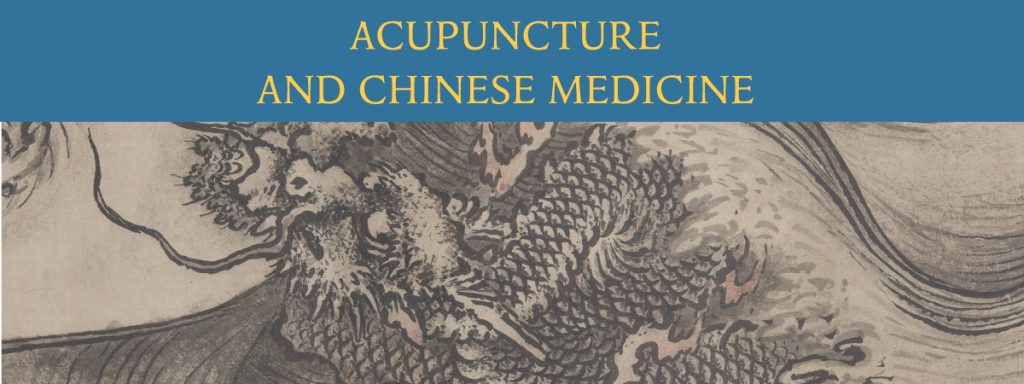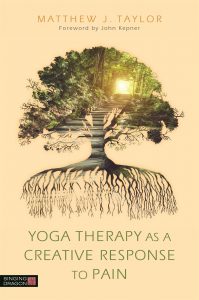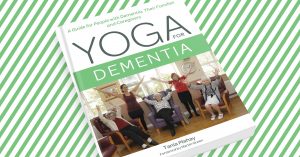Rebecca Avern is a traditional acupuncturist and founder of The Panda Clinic, a children’s acupuncture centre in Oxford. She is also a senior lecturer and clinical supervisor at the College of Integrated Medicine, Reading, UK. In this piece, the author of Acupuncture for Babies, Children and Teenagers discusses the values of acupuncture for children and the diverse range of conditions it can help treat.
Acupuncture is used all around the world to treat children. In the developing world, where antibiotics and vaccinations may not be available or affordable to many families, acupuncture may be used to help children through acute illnesses. Treatment during, for example, a severe febrile disease may reduce the chances of the child being left with significant morbidity, such as breathing problems or even paralysis. Some of my colleagues in the wonderful World Medicine charity (www.worldmedicine.org.uk) treat children hit by poverty, trauma and natural disasters all around the world. Acupuncture’s ability to treat both the body and the spirit means it is of great value to these children, who may have suffered huge amounts of trauma, as well as coping with enormous physical hardships.








